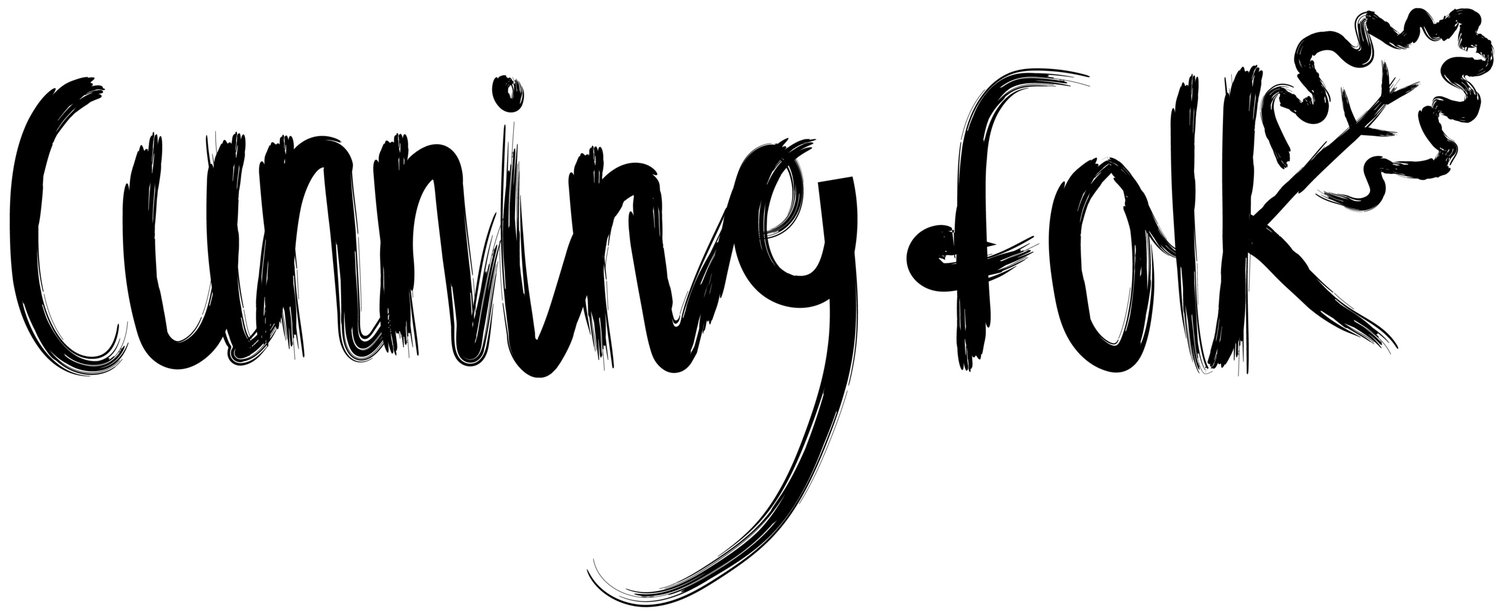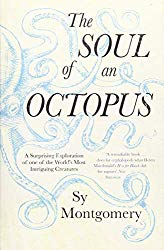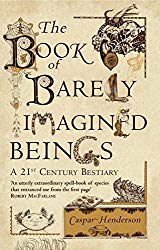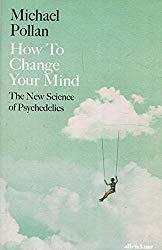For the Re-enchantment Issue, we interviewed, Madeline Miller, author of Circe and The Song of Achilles. For those who loved her reworkings of classical myths and want more, the author has kindly recommended us some books inspired by myth.
Transformations of Circe: The History of an Enchantress by Judith Yarnall
Says Miller: “This is a work of non-fiction, but if you want to know more about Circe I think it’s a wonderful overview of Circe’s different iterations in society and literary sources.” In Transformations of Circe, Judith Yarnall examines Homer’s balance of negative and positive elements in the Circe-Odysseus myth, and concludes with a discussion of more recent works where Circe finally speaks with her own voice.
Based on the myth of Geryon and the Tenth Labour of Herakles, Autobiography of Red is a novel in verse. Like Miller’s Circe, it centres on an individual’s coming-of-age experience while also telling a mythical story. It explores that territory between the mythic and the mundane.
Wild Seed by Octavia Butler
Wild Seed is the fourth in Octavia Butler’s Patternist series, a chronology of science fiction novels that tell of a secret history that starts in 1390 in West Africa and continues into the far future. This secret history involves telepathic mind control. Butler explores themes of racial and gender-based animosity, sexuality, the ethics of biological engineering, power, and what it means to be human. “I’d recommend Wild Seed and the whole Patternist series—really the whole of Octavia Butler’s work!” says Miller.
The late Ursula K LeGuin gained recognition in her lifetime for showing how the fantasy genre could be literary. Many of us grew up reading her Earthsea series, which Miller recommends: “I think my favourite might be The Tombs of Atuan, and Tehanu.” Earthsea carries Taoist themes about fundamental balance and centres around the story of Ged, a young mage who attends a school of wizardry. Significant in this magical word is language, and the importance of knowing the true names of people, other animals, and things.
Children of Blood and Bone is a young adult fantasy novel that draws inspiration from West African mythology and Yoruba culture and language, but also from the Harry Potter series. It’s a coming-of-age story about Zélie Adebola, who attempts to restore magic to the kingdom of Orïsha, where it is suppressed by the ruling classes. Adeyemi recalls historical precedents, including the oppression of cultural practice and belief during colonial times, racism and slavery.
“This modern re-telling of Beowulf was really interesting—so sharp and insightful,” says Miller. We read The Mere Wife for our first book club and community event. Described as ‘Beowulf in the suburbs,’ the old English epic is transplanted to America, where it becomes the story of a hardened war veteran and her son Gren.
Read our interview with Madeline Miller in the Re-enchantment Issue.








































